🌿 A Journey Beneath the Earth
Deep beneath the peaceful countryside of the Lot Valley lies one of France’s most awe-inspiring natural wonders — Gouffre de Padirac, a colossal sinkhole leading into a hidden subterranean world of rivers, vast chambers, and ethereal rock formations. Known to locals long before it was officially explored in 1889, this incredible chasm invites visitors into the earth itself for a journey equal parts mysterious and magical.
If you’ve dreamt of stepping into a real-life fantasy novel setting — think Journey to the Center of the Earth — this is the place.
“In the silence of caves, you hear the history of water and stone.” 🌌
What Exactly Is Gouffre de Padirac?
Gouffre de Padirac is a natural limestone cave system formed over millions of years by the dissolution of rock and the persistent carving power of water.
The entrance alone is enough to take your breath away — a dramatic 75-meter-deep vertical crater, opening suddenly in a lush meadow like the earth has cracked open to reveal its secrets. From the moment you descend through the layers of rock, you feel the temperature drop and the light dim. The silence becomes almost sacred.
Once inside, an underground river awaits, where boats glide quietly through passages illuminated just enough to highlight glistening stone ceilings and emerald reflections on the water.
It is one of France’s most visited natural sites, and after coming here, it’s easy to understand why.
Or a more SEO-friendly one:
For the most up-to-date visitor information, opening hours, and ticket booking, head to the official Gouffre de Padirac website: https://www.gouffredepadirac.com/en


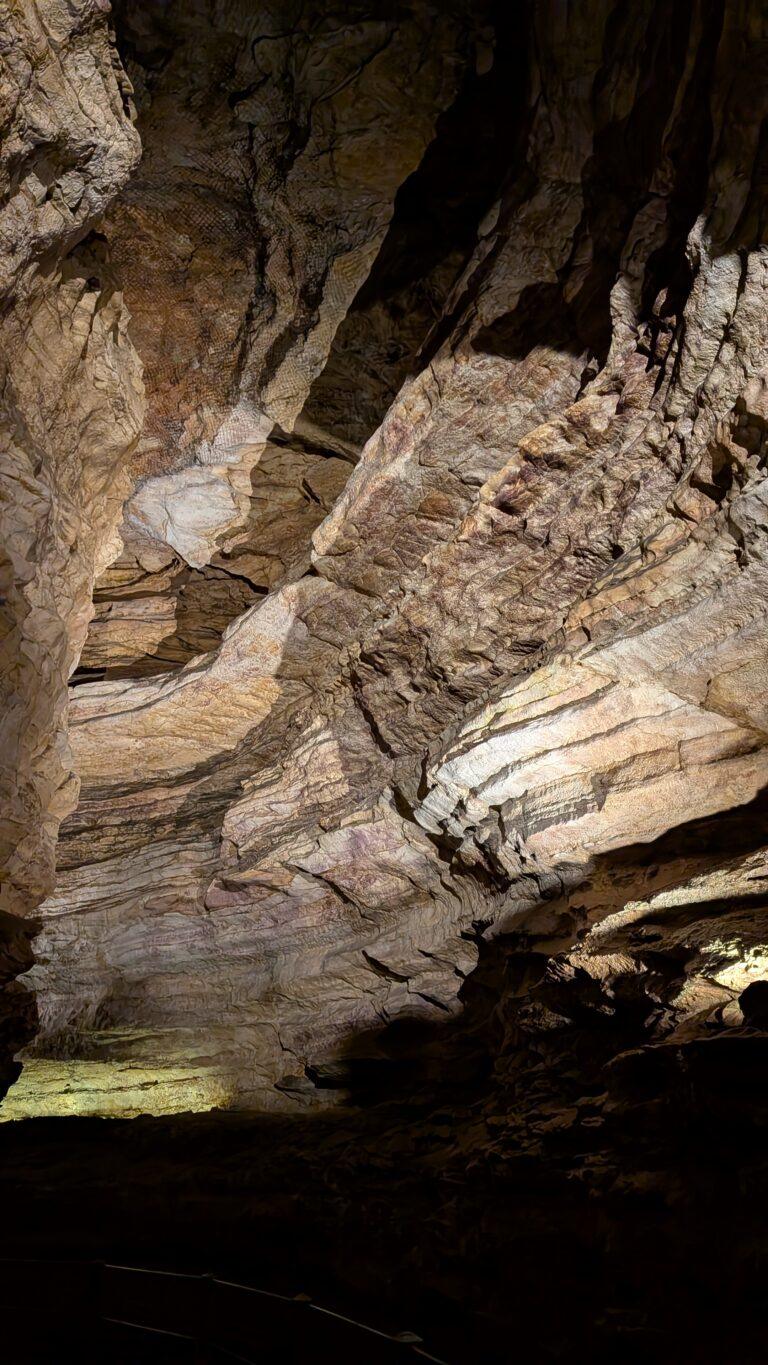

A Journey Into the Depths
Your adventure begins by descending into the mouth of the chasm via stairs or elevator. From above, you see greenery and daylight. A few seconds later, you’re surrounded by ancient stone and soft echoes.
The guided journey typically unfolds in three magical steps:
1️⃣ The Descent
Metal walkways curve along the limestone, leading downward into cavernous spaces. Water drips from the ceiling, and moss clings to the walls. You can feel the age of this place, and the anticipation builds.
2️⃣ The Underground Boat Ride
Perhaps the highlight for most visitors, the boat journey on the subterranean river is peaceful and surreal. The guide gently paddles through still, dark water beneath grand vaulted ceilings. It’s silent except for soft paddling and the occasional drops of water falling from stalactites.
Dim lights reveal formations that look sculpted by an artist — yet nature has been shaping them for millennia.
3️⃣ Exploring the Caverns on Foot
After the boat ride, a walking path leads into several colossal chambers. The scale is extraordinary — towering domes, shimmering lakes, and majestic formations fill the scene.
You’ll hear names like:
Salle du Grand Dôme
Lac de la Pluie (Rain Lake)
Salle du Chaos
Each chamber feels like its own world, with mood lighting highlighting the height, depth, and ancient shapes.
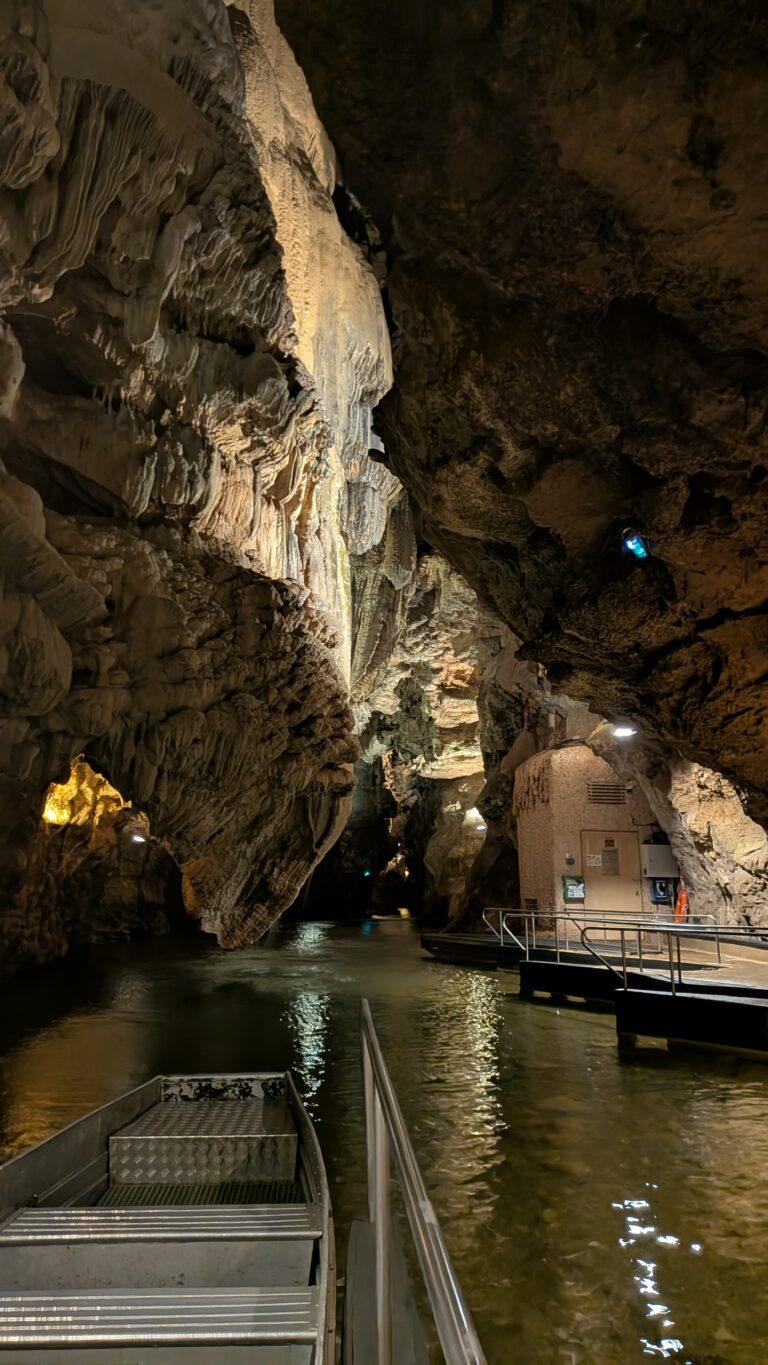
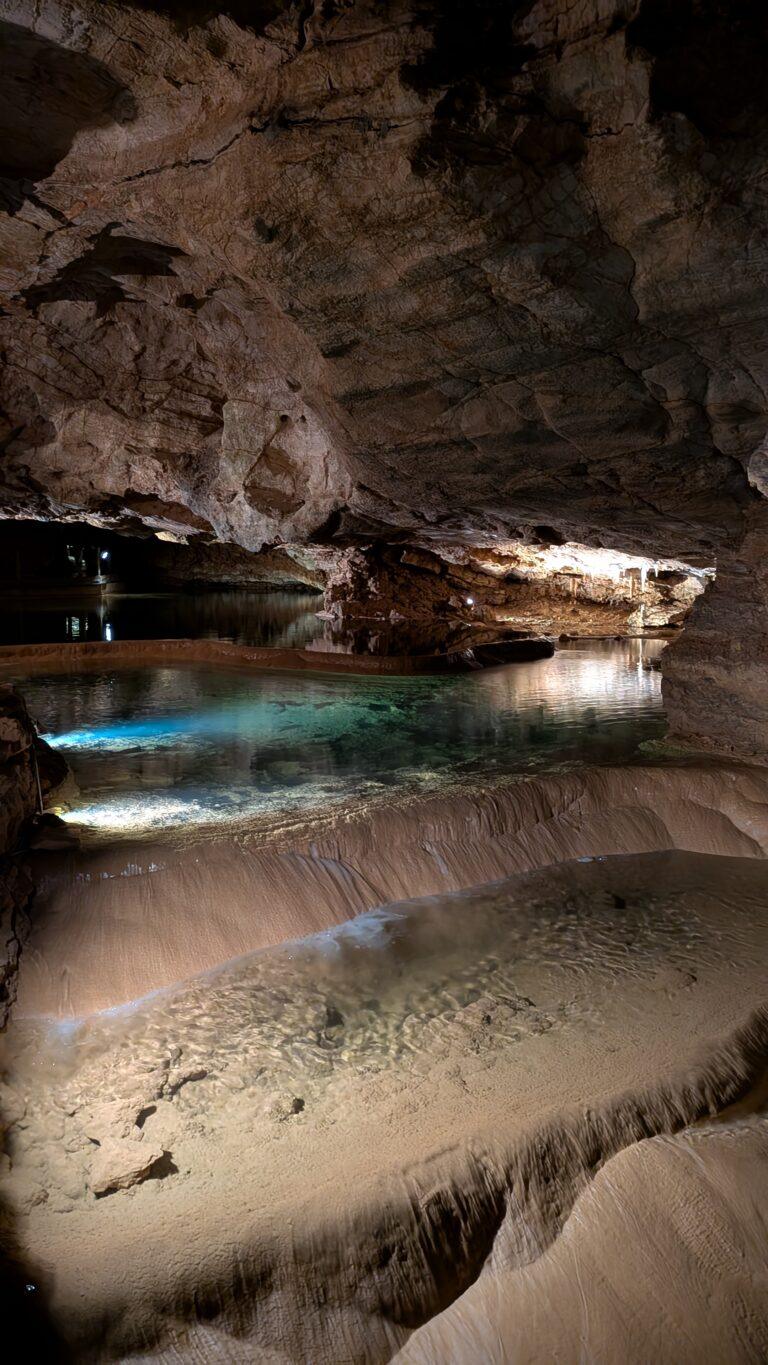
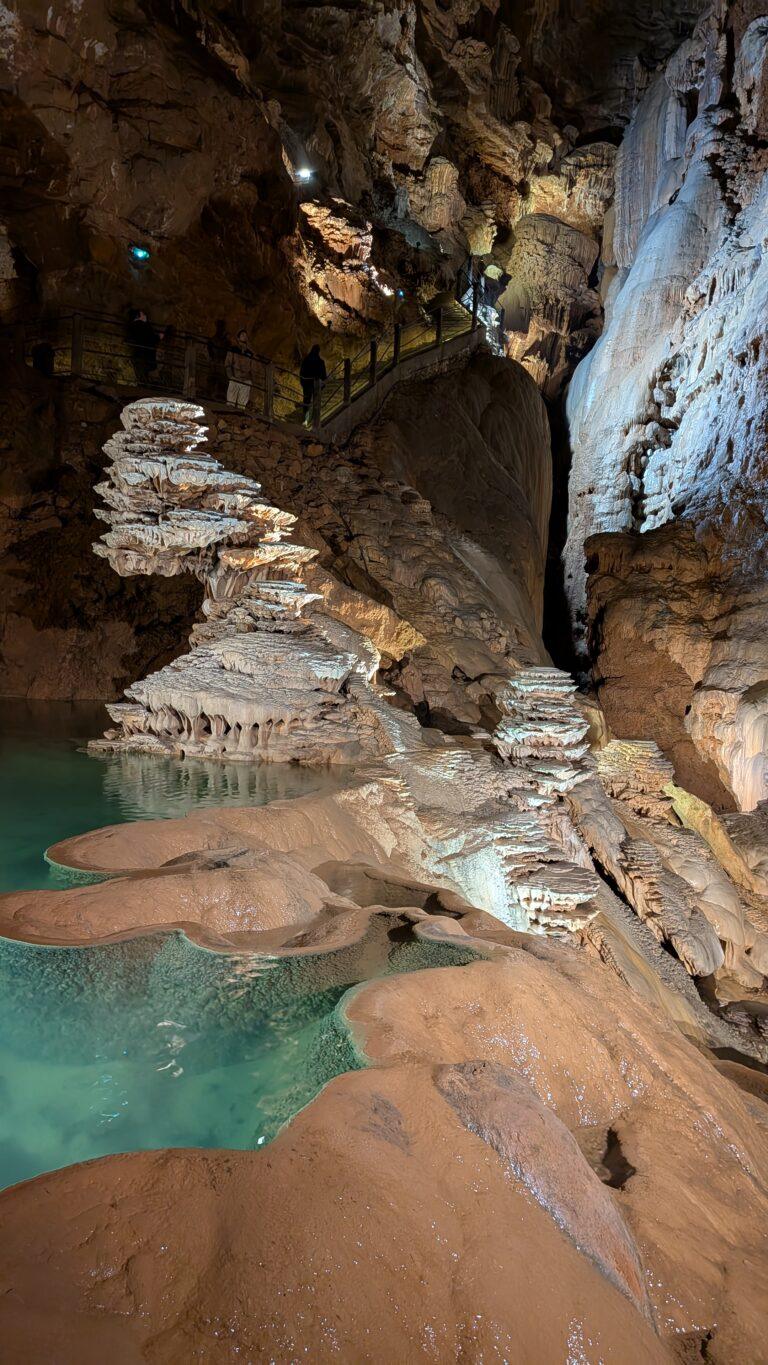
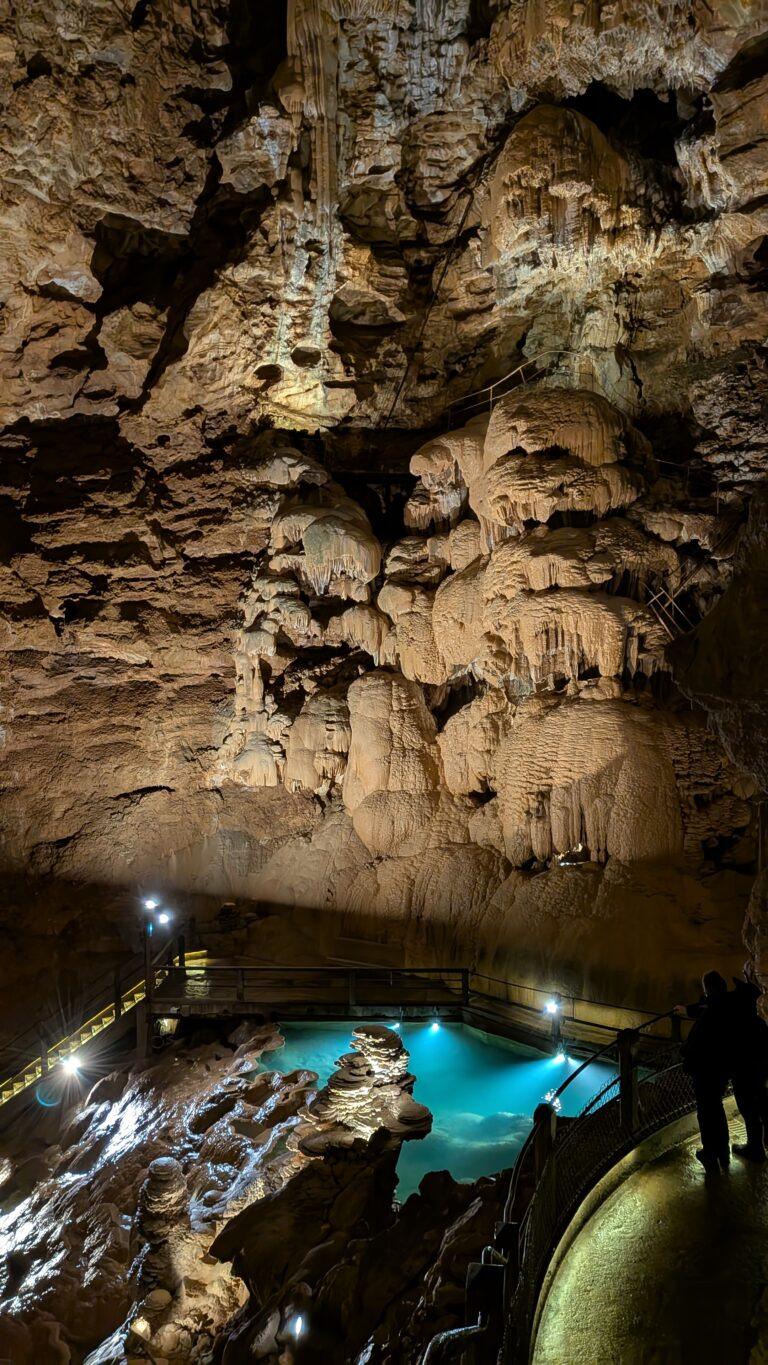


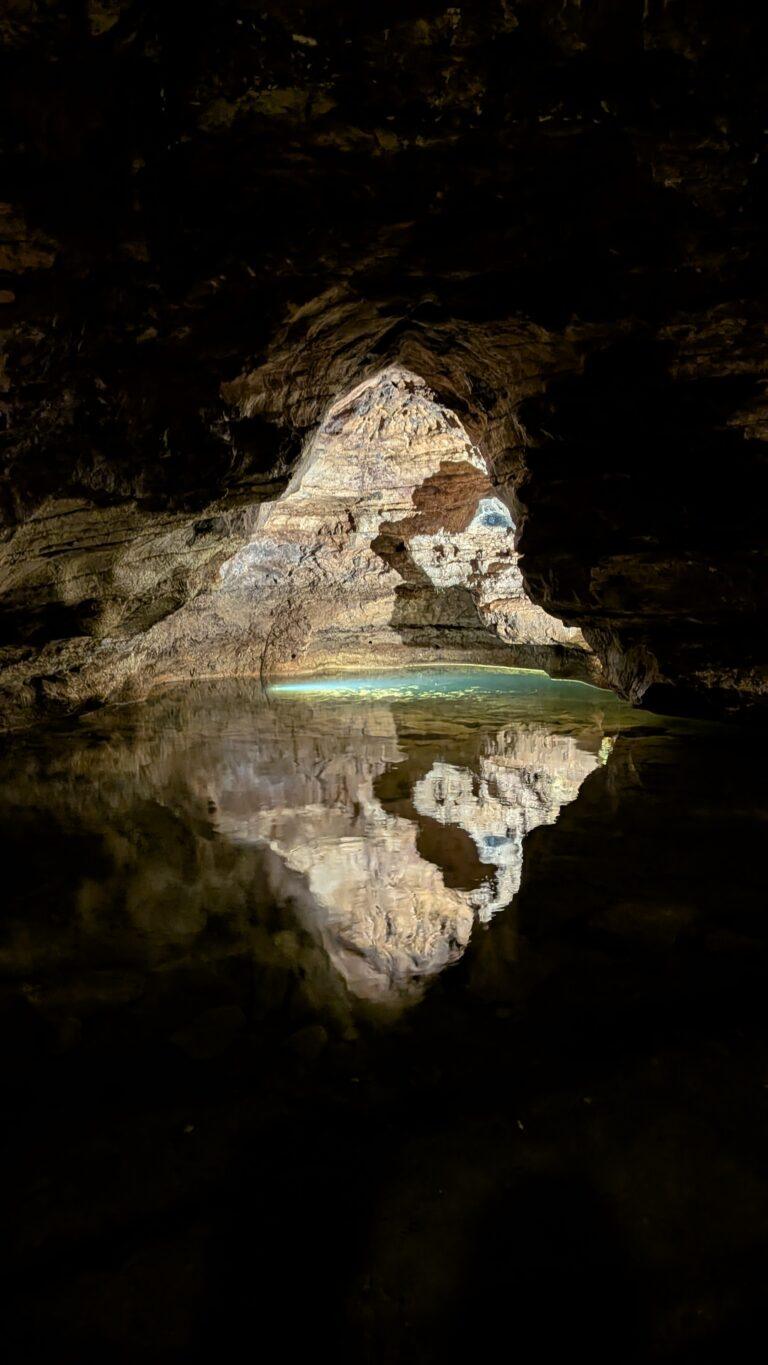

A Place That Makes You Feel Small — in the Best Way
There are places in the world that remind us how vast nature is — and how tiny we are. Gouffre de Padirac is one of them. It inspires the same type of wonder as standing at the foot of a mountain or staring at the night sky.
You leave with a sense of humility, awe, and deep appreciation for the natural forces that shape our planet.
A Familiar Feeling: Remembering Mahendra Cave in Kusma, Nepal
Earlier this year, I visited Mahendra Cave in Kusma, Nepal, and as I wandered through Gouffre de Padirac, memories from Nepal resurfaced instantly.
Both caves share that humbling, almost spiritual sense of stepping into Earth’s ancient heart — a silent, hidden world where time seems to stop.
What reminded me of Mahendra Cave:
The cool rush of air as you descend below ground
Echoes bouncing off damp stone walls
The earthy smell of minerals and underground water
The feeling that you’re entering a secret world few people truly take time to understand
Of course, each cave is unique:
Padirac enchants with its boat ride and dramatic open-air sinkhole entrance
Mahendra Cave fascinates with its religious significance, natural rock shapes, and raw natural beauty
But the same emotion runs through both:
a deep sense of connection to the Earth, its stories, and its ancient silence.
That moment of déjà-vu made Padirac even more special to me — like rediscovering a memory in a completely different part of the world.
🏰 History and Geology of Gouffre de Padirac
The Gouffre de Padirac formed over millions of years, as water slowly carved limestone, creating intricate chambers and underground rivers.
Édouard-Alfred Martel, the father of modern cave exploration, first descended in 1889. Today, visitors walk the same paths, amazed at the formations he documented.
Every stalactite and stalagmite tells a story of time, patience, and the quiet artistry of nature.
🚶♀️Practical Tips for Visiting Gouffre de Padirac
📍 Location: Near Rocamadour, in the Lot Department (Occitanie region, southwestern France)
🕒 Duration: ~1.5 to 2 hours
🌡 Temperature: Around 13°C (55°F) — bring a light jacket
👟 Shoes: Wear comfortable, non-slip shoes (paths can be damp)
🎫 Booking: Highly recommended to book tickets in advance, especially in summer
🚗 Parking: Large parking areas nearby
📸 Photography: Some areas prohibit photos — respect signs and enjoy the experience
👶 Kids: Great for children, but note lots of stairs and dim lighting
Padirac is open seasonally — usually spring to autumn — so check dates before planning your visit.
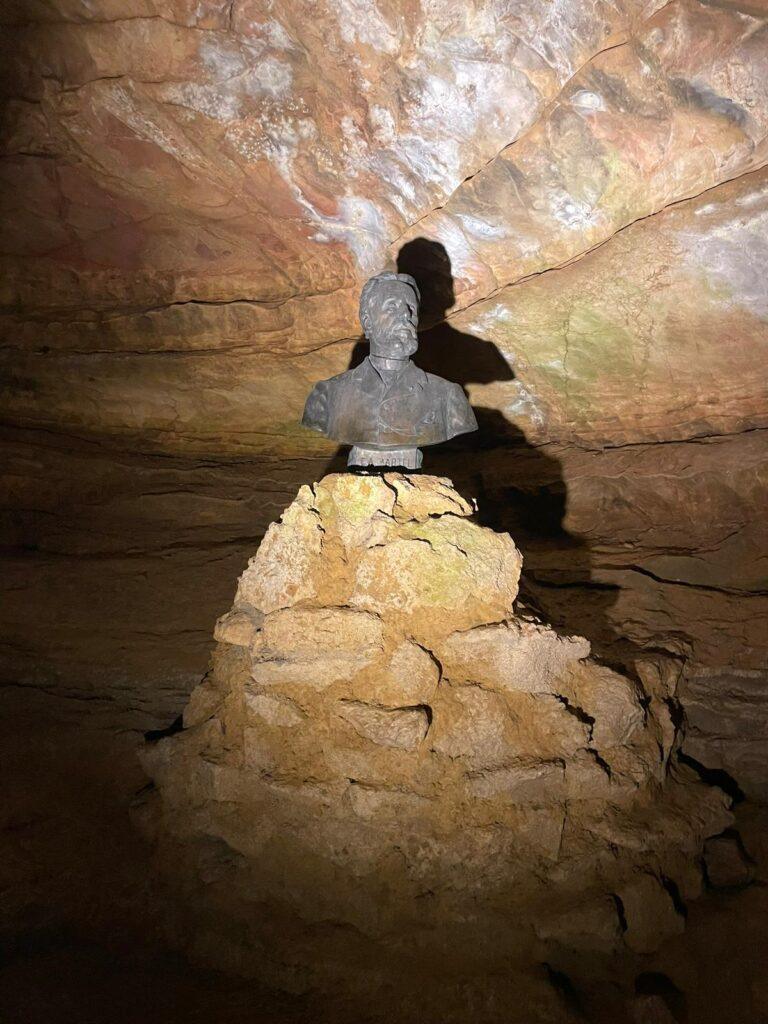
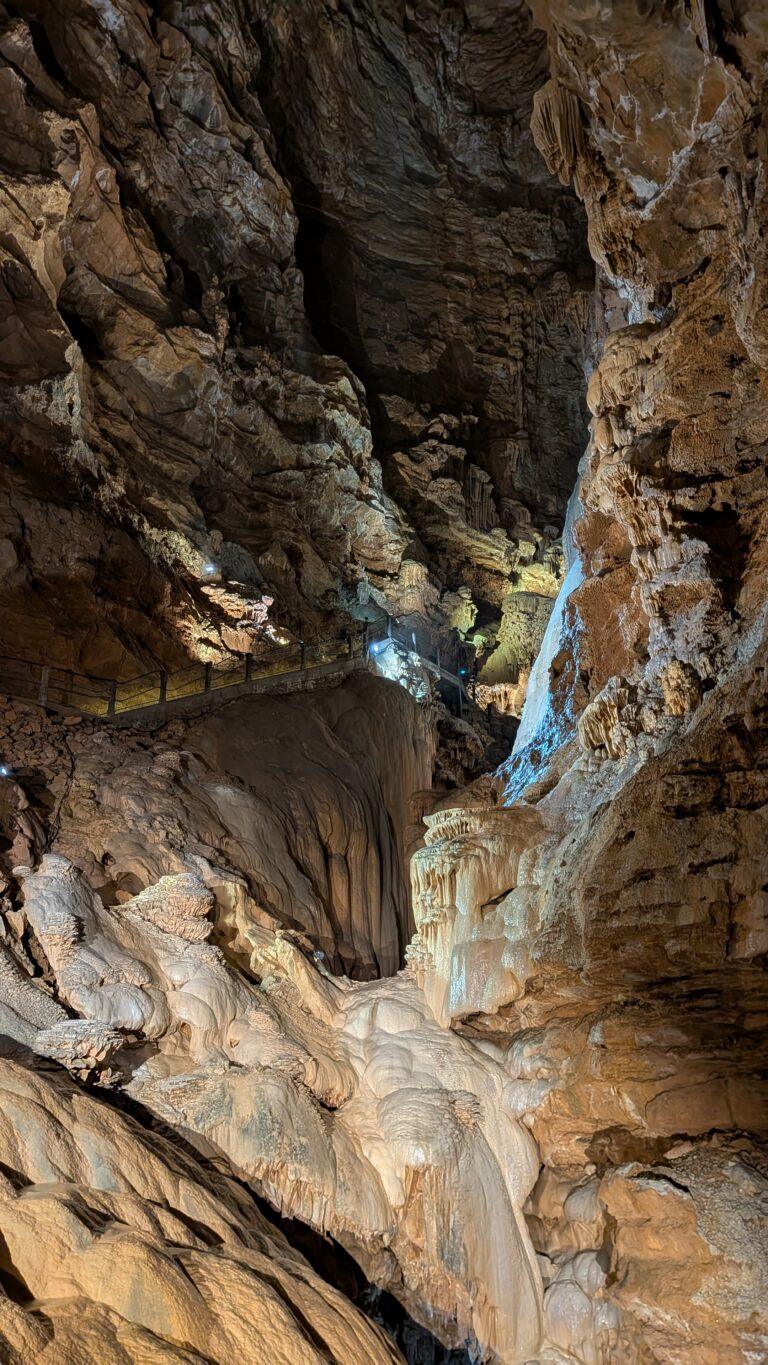
Best Time to Go
While summer is popular, spring and early autumn offer cooler temperatures, fewer crowds, and richer greenery around the crater. Early morning slots tend to be quieter.
Combine Your Visit: Nearby Gems
Make a full day (or two!) exploring the area:
Rocamadour — A spectacular cliff-side village and pilgrimage site
Autoire — One of France’s most beautiful villages + waterfall
Loubressac — Hilltop village with stunning views (you already wrote a great post!)
Collonges-la-Rouge — The famous red-stone village full of medieval charm
The Dordogne & Lot valley are overflowing with stone villages, castles, and natural wonders — Padirac fits right into that fairytale landscape.
💭 Final Thoughts
Gouffre de Padirac isn’t just a visit — it’s a journey into the earth’s imagination. From the first glimpse into the gaping chasm to the silent glide along the underground river, the experience feels almost dreamlike.
And for me, it was more than just discovery — it was recognition. A reminder of Nepal, of Mahendra Cave in Kusma, and of the universal wonder we feel when faced with nature’s hidden marvels.
Whether you’re a nature lover, an adventurer at heart, or simply someone curious to see the world’s quiet miracles, Padirac is a place that deserves a spot on your travel list.
You won’t just remember what you saw —
you’ll remember how it made you feel.

